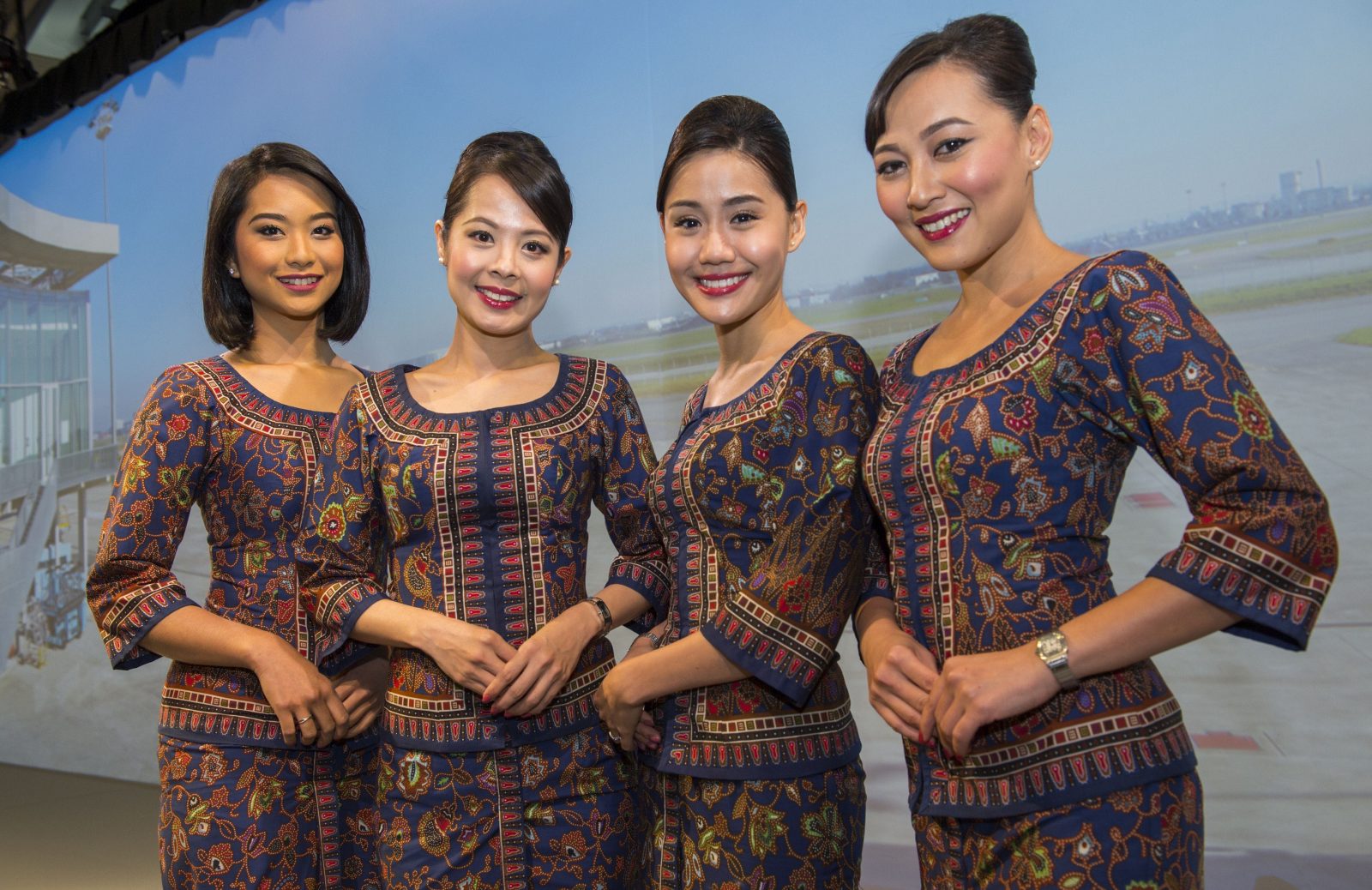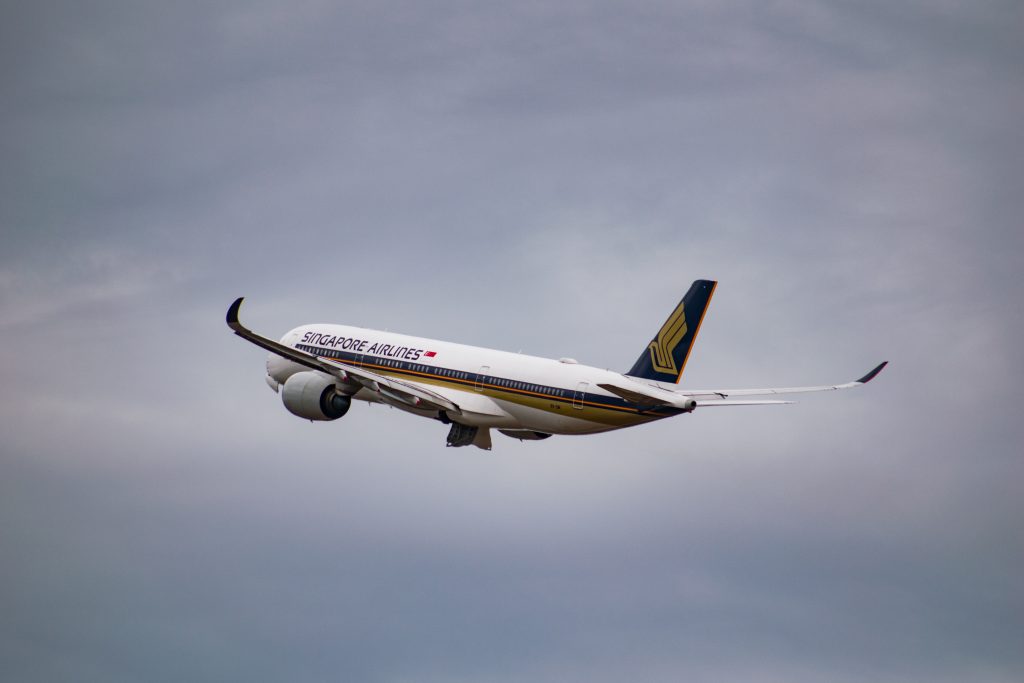
Singapore Airlines is to cut around 4,300 jobs or between 15 to 20 per cent of its entire global workforce in response to continuing challenges posed by the COVID-19 pandemic. In an internal memo, Singapore Airlines chief executive Choon Phong said the carrier was in a “vulnerable position” compared to many other airlines because international flights, which its business relies upon, is expected to recover the slowest.
“The future remains extremely challenging,” Phong warned. “The pandemic is still not under control with some countries experiencing second and third waves. We still do not have a vaccine and tight border restrictions remain in place as governments try to limit imported cases. Global economic growth remains anaemic, with little impetus for the return of international leisure and business travel.”

“Given the expectation that the road to recovery will be long and fraught with uncertainty, it has come to the point where we have to make the painfully difficult decision to implement involuntary staff reduction measures,” the memo continued.
The headline reduction of 4,300 jobs will, however, be offset by measures that have already been taken including a strict hiring freeze which has been in place since March and a voluntary retirement and voluntary release programme for pilots, ground crew and cabin crew.
As a result, Singapore Airlines now estimates that 2,400 employees will be made involuntarily redundant. The job cuts will be made across the Singapore Airlines Group (known locally as SIA), including its regional arm Silk Air and low-cost subsidiary Scoot.
“Having to let go of our valuable and dedicated people is the hardest and most agonising decision that I have had to make in my 30 years with SIA,” Phong continued.
“The next few weeks will be some of the toughest in the history of the SIA Group as some of our friends and colleagues leave the company.”
In the first quarter of the year, passenger traffic across the SIA group plummeted by 99.5 per cent. At present, traffic has grown to just 8 per cent of pre-COVID levels and by the end of March 2021, the current plan is that traffic levels will be just half of what was originally planned.
Phong reiterated that SIA had raised S$11 billion to secure the future of the airline while cautioning that it was still not clear which carriers would ultimately survive the prolonged crisis. SIA believes a significant recovery might not come until 2024, especially because of its reliance on international flights.
Related
Mateusz Maszczynski honed his skills as an international flight attendant at the most prominent airline in the Middle East and has been flying ever since... most recently for a well known European airline. Matt is passionate about the aviation industry and has become an expert in passenger experience and human-centric stories. Always keeping an ear close to the ground, Matt's industry insights, analysis and news coverage is frequently relied upon by some of the biggest names in journalism.







